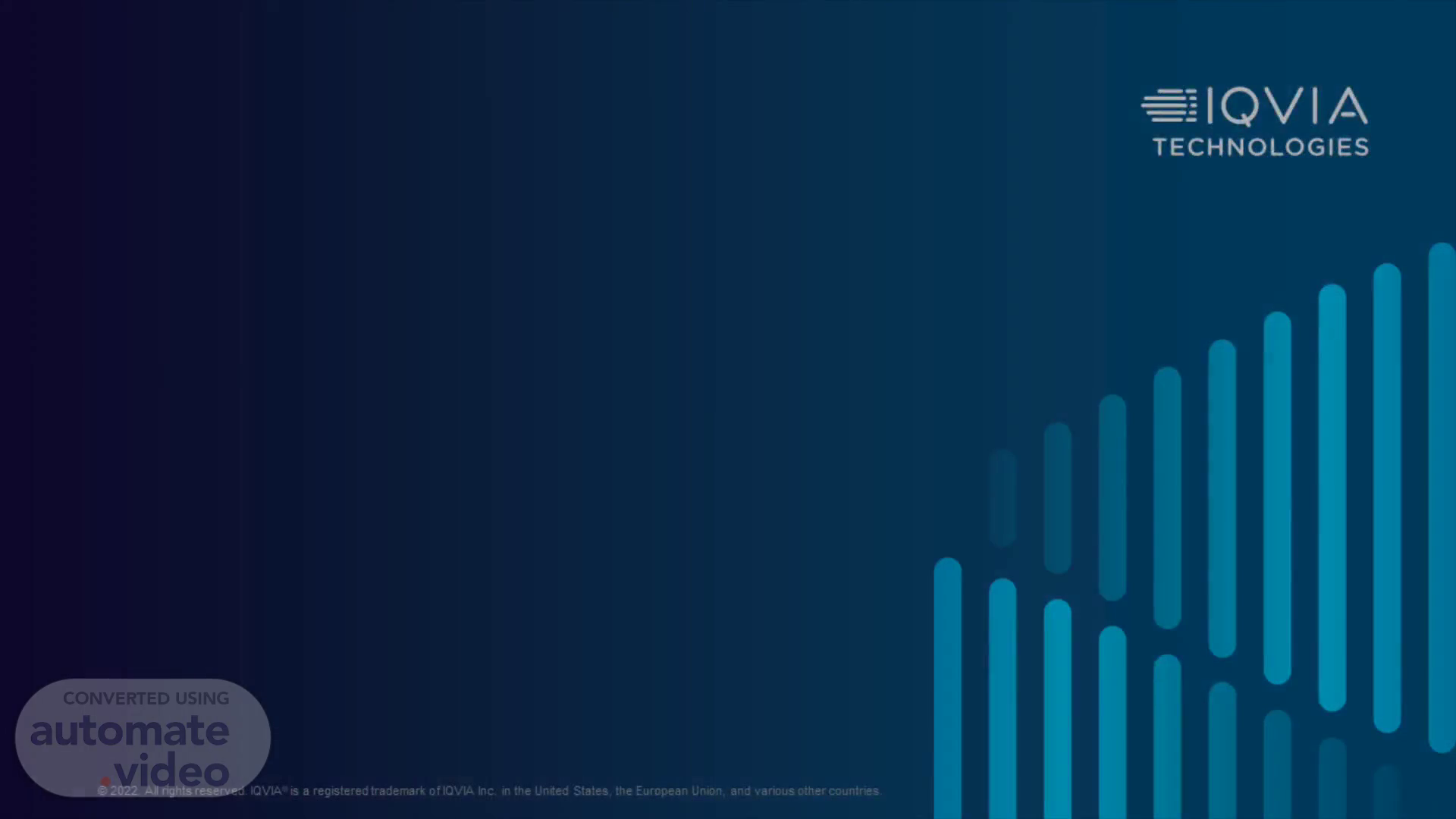Scene 1 (0s)
[Audio] Hello everyone. Today we will be briefing about CanaDaaS Delivery. Let's dive into the world of Canadian data as Service, and how it's delivered. Firstly, let's define CanaDaaS. CanaDaaS stands for Canadian Data as a Service. It's a concept that involves providing data-related services over the cloud to businesses and organizations in Canada..
Scene 2 (28s)
[Audio] In the traditional data delivery system, client had to face data management challenges. The data delivery model included multiple formats and dozens of files that were customized. Each data delivery had different granularity and rules for different customers. This is where CanaDaaS came in to reduce the number of files and simplify the rules. Now let's look at the delivery structure..
Scene 3 (57s)
[Audio] As we can see, the transition from local data feeds to integrated and simplified delivery represents a significant evolution in the way data and information are managed. Let's now see why CanaDaaS is preferred among other data feeds..
Scene 4 (1m 26s)
[Audio] The traditional delivery model was too complex, involved dozens of files, and took a long time to process and move the files to client location. Preparing the data for analysis also took a lot of time. Understanding the rules, understanding the data took a lot of time. It was difficult to link the data together in a meaningful way, which caused delays in decision making across organizations. Let's look at the different levels at which data provision takes place..
Scene 5 (2m 0s)
[Audio] Here, as we can see, at service level 1, data is fed to the customer location data lake for multiple datasets. This reduces the effort of moving files from FileExpress to the end server. In addition, customers receive files faster, reducing information retrieval time and helping to understand the submission process..
Scene 6 (2m 24s)
[Audio] Service Level 2, as you can see, many datasets are integrated and simplified using CanaDaas. This data model provides powerful, flexible, scalable, and optimized data. Also contributes to cost reduction by reducing dependencies. on expensive systems. It also provides centralized data access where all data can be accessed in one place..
Scene 7 (3m 2s)
[Audio] Why is CanaDaaS important? It reduces time to insights. It is integrated conformed with multiple datasets. Canadian organizations can leverage this service to streamline their operations. Compared the other data deliveries, CanaDaaS is scalable, compatible, and consistent across datasets. It is also cost efficient, reduces the complexity by simplifying the logic across data deliverables. It also reduces manual interventions which drastically reduces time to insight and data processing. Now, let us move on to delivery structure of CanaDaaS..
Scene 8 (3m 46s)
[Audio] The data is in the form of Star Schema Data model, that is, dimensions and fact. As we can see the picture, we have dimensions and fact metrics listed. We provide Data dictionary and a data reference model for a better insight. Additional control files are added for dynamic ETL loading. The files may consist of dimension and the metric values. It has same DAP and frequency as the current deliveries which is provisioned directly to the Data lakes. Let us look at the Dimensional model..
Scene 9 (4m 23s)
[Audio] As we can see, there are multiple dimension file as geography, products, prescribers, period, and available metrics as fact for respective datasets. The fact refers the primary keys of the dimension files. This refers to a Star Schema data model reducing the number of files and easy provisioning. Now, let us see the technical roadmap for CanaDaaS..
Scene 10 (4m 50s)
[Audio] So far, we have built a framework which helps to set up the Data delivery process with the aim of reducing the setup process from 3-4 weeks to 1-2 week for the primary datasets. In the future, we are planning to integrate new datasets into the framework. We have already integrated Carrier Insights and Rx by Payer into the framework and aiming to integrate other datasets. Also, we are exploring more on integrating CanaDaaS deliveries to BI tools such as Databricks and tableau..
Scene 11 (5m 23s)
[Audio] Thank you for your patience and interests. I hope this was informative session. If you have any questions, please ask the presenters. Have a good day!.
